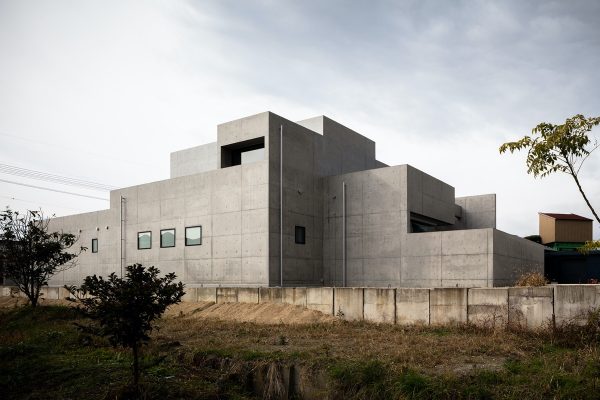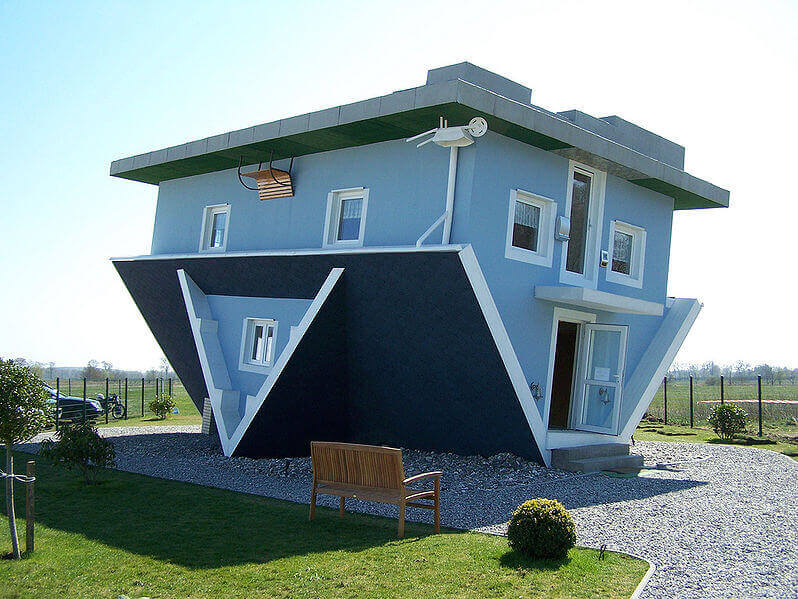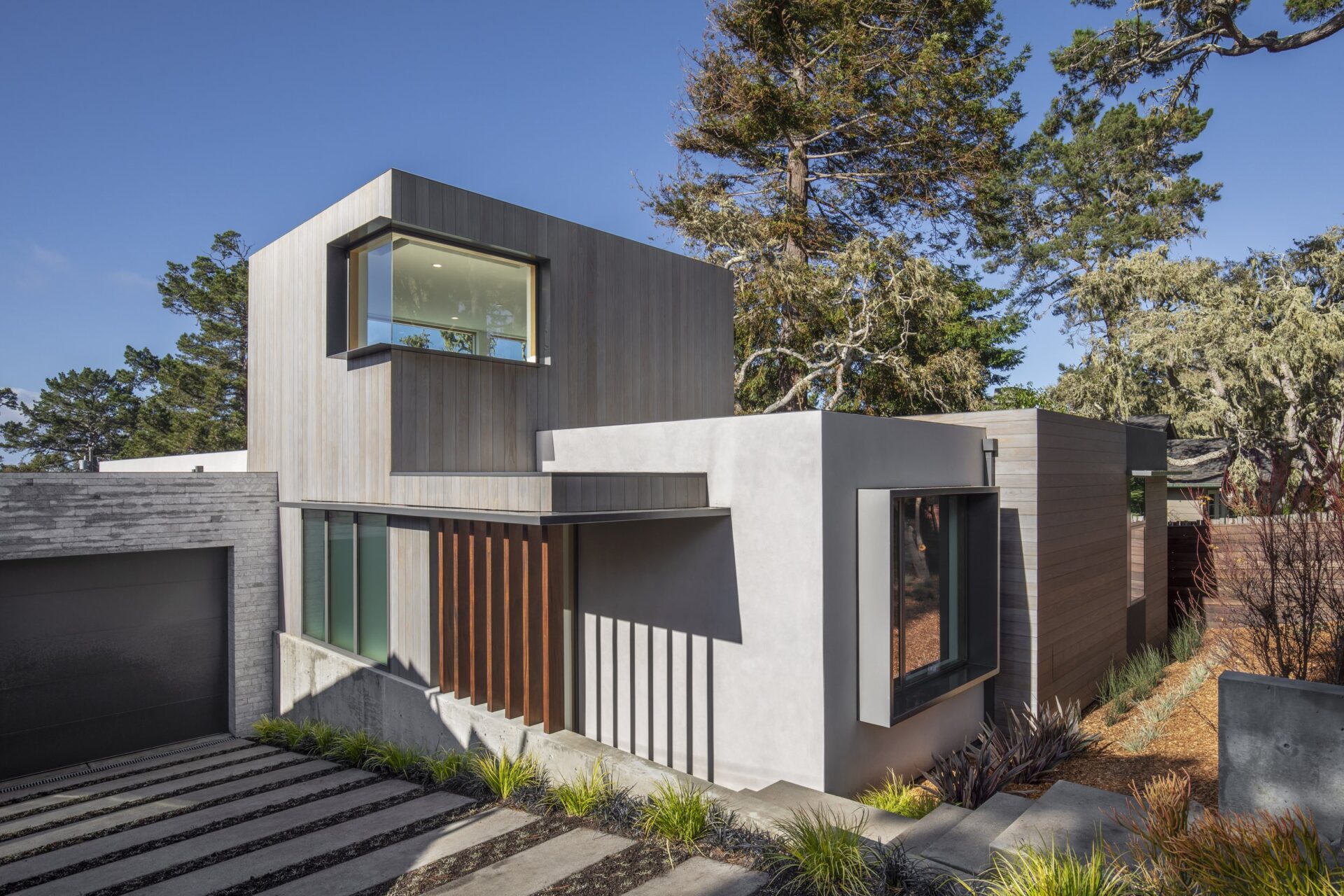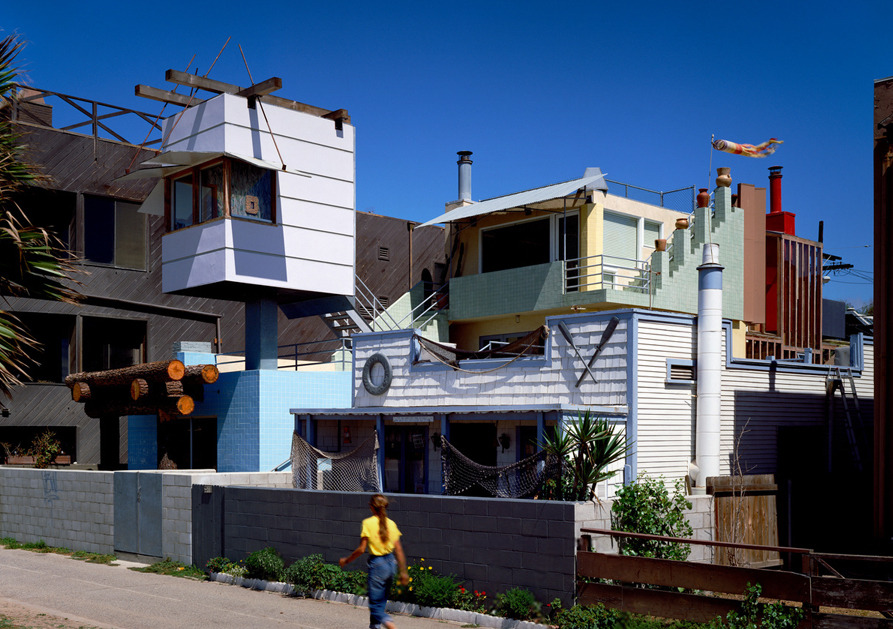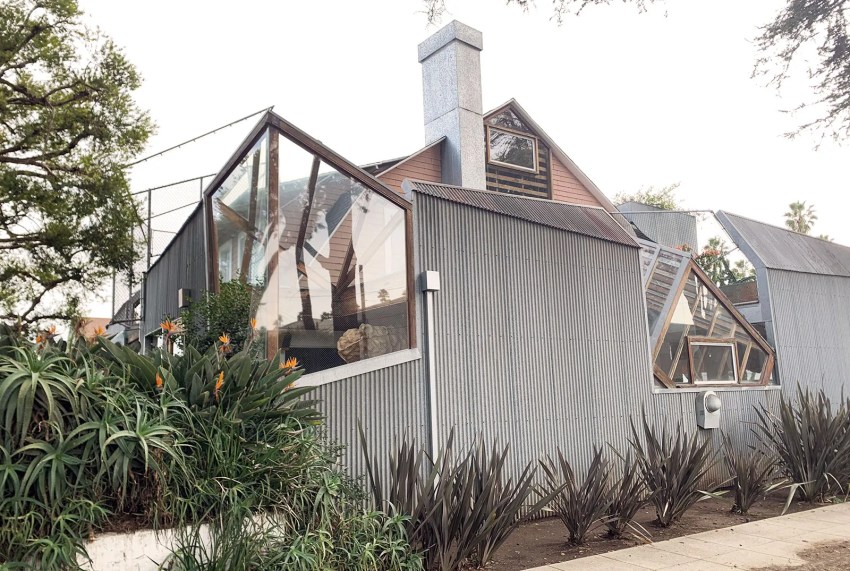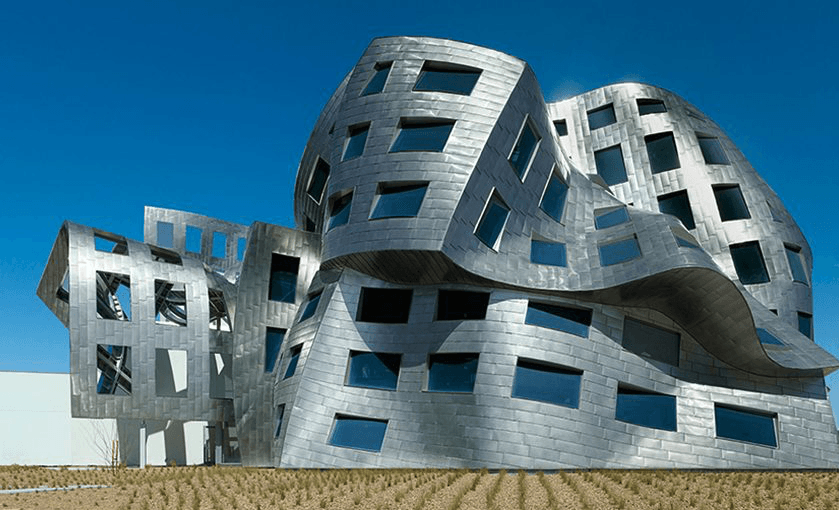
We reference the June 2003 General Plan Introduction to reinforce that our mission has been already endorsed by the City:
“Carmel-by-the-Sea is internationally recognized as a unique small coastal community with a residential village character. Early development was predominantly residential. Commercial development began as small-scale village enterprises designed to serve the needs of the local residents. Through the years, these commercial uses have expanded to cater largely to visitors.
Located adjacent to Carmel Bay with gently rising slopes, the City has conscientiously retained its residential village character in a forest setting, dominated by Monterey Pines. The special character of this residential coastal community is considered a unique asset of statewide and national significance that should be maintained as a resource both for local residents and for visitors.”
The above states that the special character of this “residential” coastal community is a state and national asset. Since modern style architecture evokes a “commercial” character, modern style is not in keeping with the valuable “residential village character” of Carmel-by-the-Sea.


(Some traditional style homes may include certain details below on occasion)
General appearance evoking reactions of a, cold, unfriendly, machine-like, lifeless, impersonal, sensational, trendy, ubiquitous, powerful, stunning, ostentatious, commercial, and/or overpowering building
General appearance evoking reactions of a warm, friendly, unassuming, inviting, magical, whimsical, cozy, welcoming, heartwarming, and human scale home

